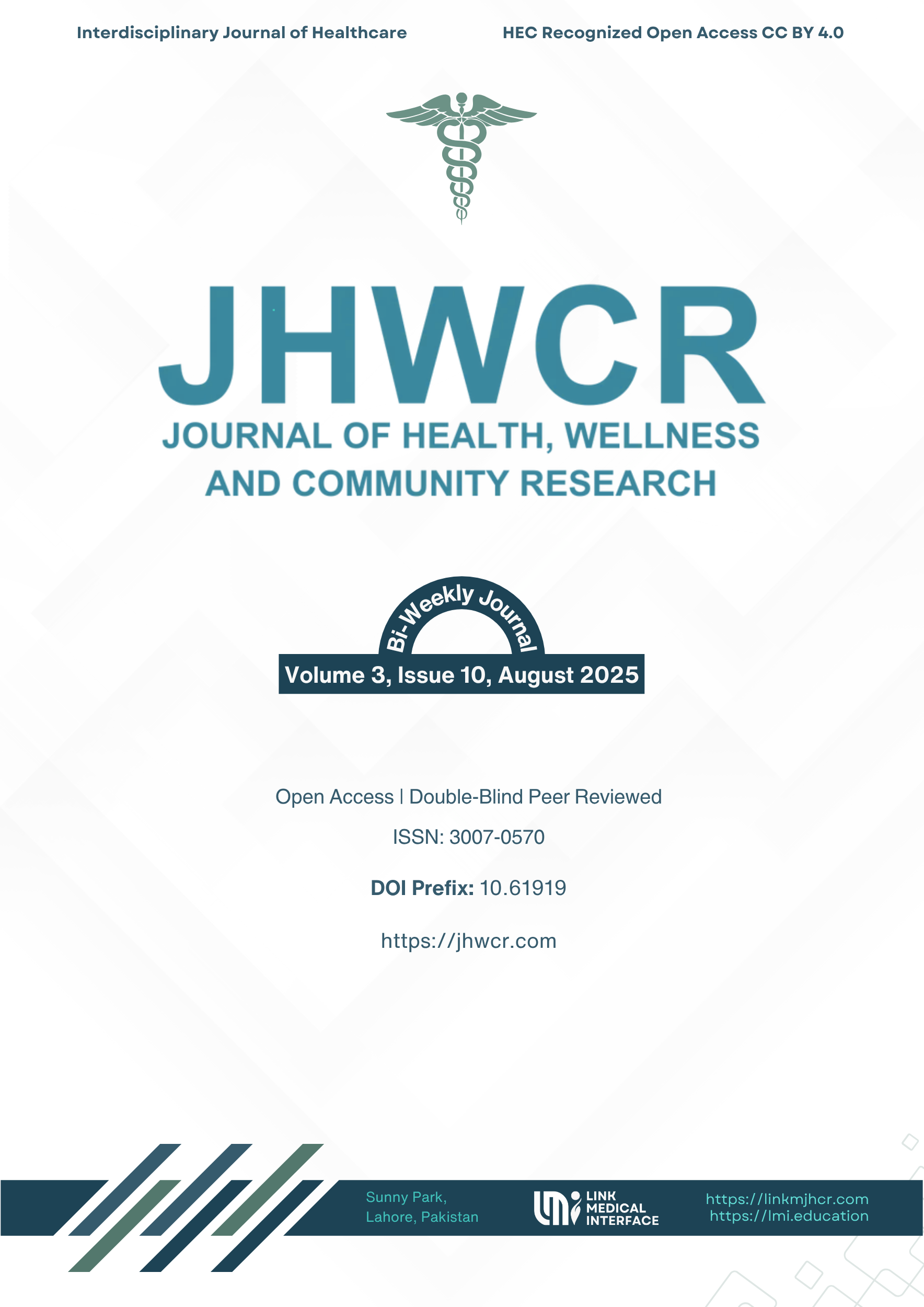Effectiveness of Neurofeedback-Assisted Exercise vs. Traditional Exercise in the Rehabilitation of Post-Traumatic Brain Injury Patients
DOI:
https://doi.org/10.61919/pf8j4v18Keywords:
traumatic brain injury; neurofeedback; exercise therapy; cognitive rehabilitation; motor function; emotional well-being.Abstract
Background: Post-traumatic brain injury (TBI) often results in long-term cognitive, motor, and emotional impairments that substantially reduce independence and quality of life. Traditional exercise (TE) is a mainstay of rehabilitation, but its capacity to address multidimensional recovery is limited. Neurofeedback-assisted exercise (NAE), which integrates real-time cortical activity modulation with structured physical training, may provide synergistic benefits by simultaneously targeting neural regulation and physical performance. Objective: To compare the effectiveness of NAE versus TE in improving cognitive function, motor independence, and emotional well-being among patients with post-TBI. Methods: A randomized controlled trial enrolled 60 adults with moderate TBI deficits, randomly assigned to NAE (n=30) or TE (n=30) groups for 10 weeks, with three 45-minute sessions weekly. Outcomes included cognitive function (Mini-Mental State Examination, MMSE), motor function (Functional Independence Measure, FIM), and emotional well-being (Profile of Mood States, POMS). Independent t-tests with 95% confidence intervals and effect sizes were used for analysis. Results: Both groups improved significantly, but NAE produced larger gains: MMSE +5.9 vs +2.7 (p<0.001), FIM +11.9 vs +7.5 (p<0.001), and POMS −12.4 vs −6.3 (p<0.001). Effect sizes were largest for NAE in emotional outcomes (d=3.15). Conclusion: NAE provided superior cognitive, motor, and emotional benefits compared with TE, supporting its potential as a holistic rehabilitation strategy for TBI.
Downloads
Published
Issue
Section
License
Copyright (c) 2025 Zarish Riaz, Sidra Yaqoob, Saman Salahuddin, Ayesha Ejaz, Kainat Sajid, Hassan Javed (Author)

This work is licensed under a Creative Commons Attribution 4.0 International License.


